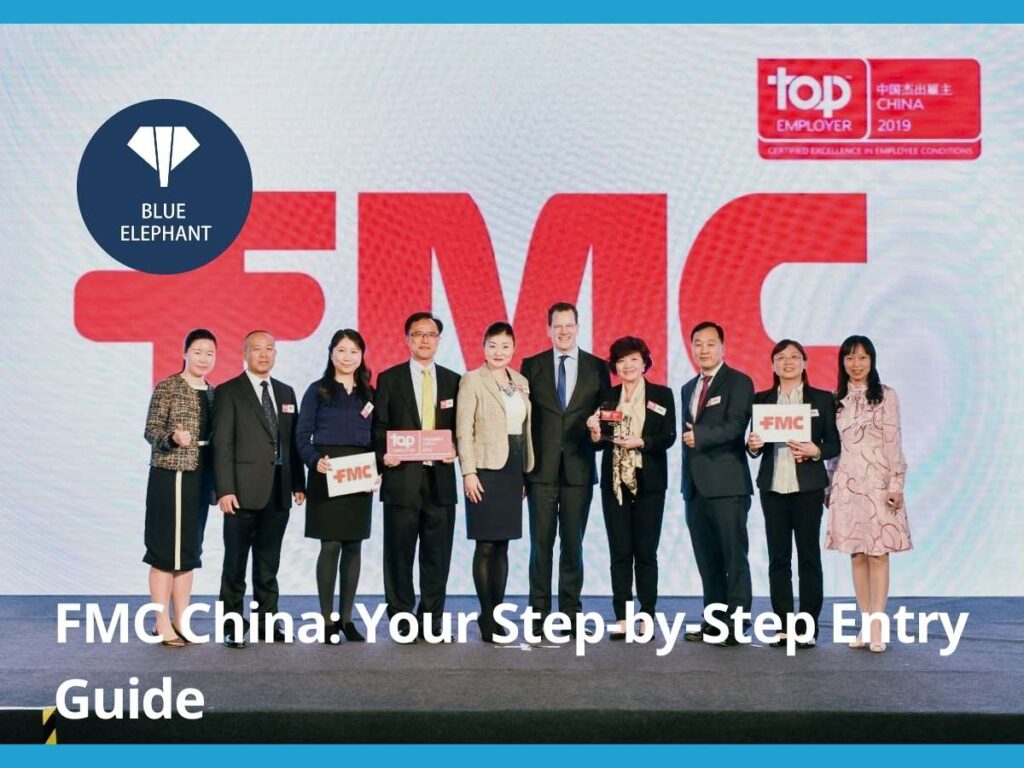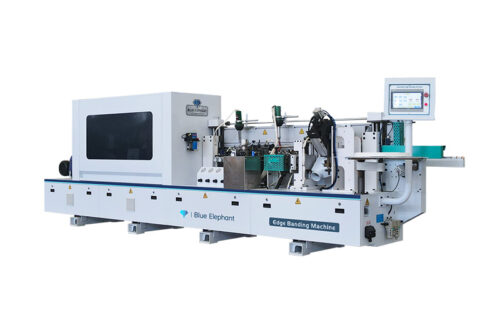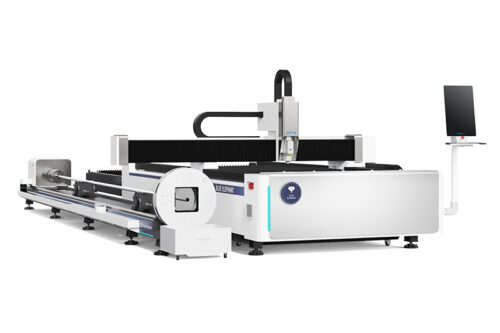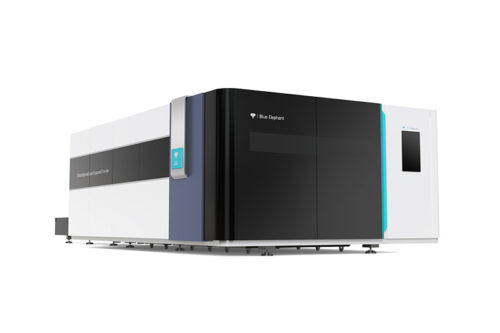I went into FMC China thinking I could wing it. By the second day, I realized I was invisible, no leads, no momentum, just fatigue.
That experience made one thing clear: entering FMC China without a plan is a waste.
Since then, I’ve guided B2B teams through their first (and fifth) FMC China experience. What you’ll read here is from years of helping brands navigate this massive event with a clear head.
This guide covers it all, planning, positioning, connections, and follow-up. You won’t be left guessing.
Trade shows can either boost your business or drain your budget.
So, let’s get started!
1. Register and Book Your Tickets
If you only do one thing early, make it registration. FMC China 2025 takes place from September 9 to 13, and pre-registration is not just convenient; it’s free if you do it in time. I’ve seen people line up for on-site tickets that cost money, waste hours, and still get stuck with a general pass while missing out on networking programs and fast-track access.
How to Register Without the Hassle
The official website makes it simple. You fill out a form with your company and personal details, and within minutes, you’ll get a confirmation email. Your badge will come with a QR code, and that’s your golden ticket to all the action. No group registrations allowed, every team member needs their own pass. Double-check your email after registering to make sure you don’t miss the confirmation.
Take Advantage of Special Access Programs
If you’re a volume buyer or represent a large company, you might qualify for the Hosted Buyer Program. It’s an invite-only program that can include perks like free hotel nights and personalized meeting schedules. There’s also a VIP “Black Card” badge with possible extra benefits, so it’s worth checking if you qualify. Getting this kind of access can save time and open doors to serious suppliers.

2. Arrange Travel and Accommodation
Once you’re registered, it’s time to plan your journey to Shanghai. Getting there and getting settled should be smooth and stress-free. Here’s how to make that happen without a headache.
Getting to Shanghai
If you’re flying internationally, aim to land at Shanghai Pudong International Airport (PVG), it’s the closest to the venue. From the airport, you can take a taxi (about 40 minutes), or use the Maglev train for a faster, traffic-free ride to Longyang Road Station, which connects easily to the SNIEC expo center. It’s quick, efficient, and a cool experience if it’s your first time riding Maglev.
If you’re arriving from another city within China, Shanghai Hongqiao Airport (SHA) is another option, especially for domestic or short regional flights. From there, the metro system can get you straight to SNIEC, although it’s a longer ride. Either way, Shanghai’s public transport is reliable and well-signposted in English.
Check Visa Requirements Early
Don’t forget to check visa requirements. Some countries are eligible for visa-free short stays or 144-hour visa-free transit through Shanghai. But if you need a business visa, apply early. The expo organizers can provide an invitation letter to help with the process. Starting early saves you from unnecessary stress close to your travel date.
Best Hotels Near SNIEC
When it comes to hotels, convenience matters more than luxury. I stayed at a place across town once, never again. The commute was long, and I lost valuable time every morning. Now, I prefer hotels within walking distance of SNIEC, like the Kerry Hotel Pudong, which is connected to the venue. It’s a bit pricier, but after a long day, nothing beats a short stroll to your room.
Other solid options nearby include:
- Jumeirah Himalayas Hotel – Right across the street and very convenient. You can walk to the venue in under five minutes, which is a major advantage.
- Dorsett Shanghai – Located near Century Park with direct metro access. A great pick if you’re balancing cost and access.
- Hotels around Longyang Road – Budget-friendly with decent access to the venue. You’ll need to ride the metro or take a short taxi.
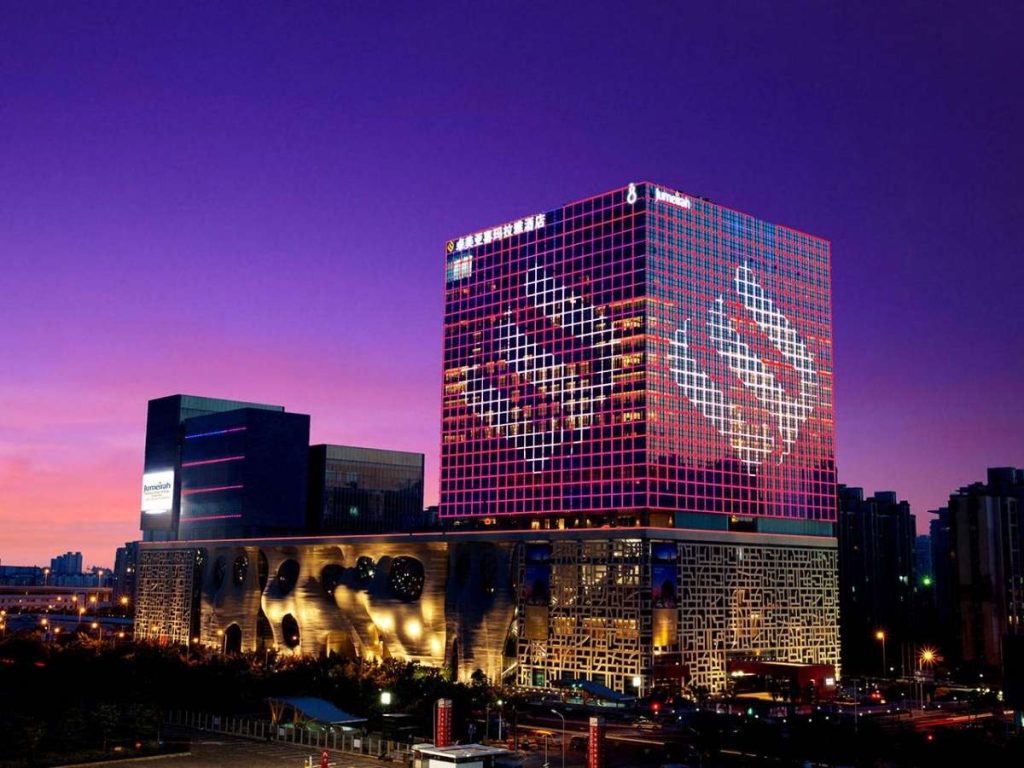
3. Plan Your Itinerary and Schedule
Planning is everything. Without a clear schedule, you’ll waste time wandering and miss key opportunities. Here’s how to build a plan that works and keeps you focused each day.
Know the Layout Before You Go
The expo covers both furniture manufacturing supply and finished furniture products, and it’s spread out across several massive halls at SNIEC.
Each hall is organized by category. For instance, if you’re sourcing fabric, you’ll want to head to Halls W11 and W12. For hardware, look for Halls N10 and N11. If you’re in the market for wood and panels, the Surface Décor area in Hall N12 is your go-to. Having a map or list of zones helps you visualize the day ahead.
Divide and Conquer by Day
I usually dedicate specific days to specific zones. Day one might be all about materials, day two for machinery and tools, and day three for following up and revisiting top vendors. This keeps you from zigzagging across the venue and saves a lot of energy. Grouping your visits this way also gives you more mental clarity to focus on one category at a time.
Use the Tools Available
Exhibitor lists and floor maps are available online and via the mobile app. Use them to mark must-visit booths. If you’re aiming for serious discussions, don’t rely on drop-ins. Schedule appointments in advance, it shows professionalism and helps you avoid waiting in line. With so many booths to choose from, a little structure goes a long way.
4. Navigate the Venue Like a Pro
SNIEC is massive, no matter how many trade shows you’ve attended, this one takes stamina and strategy. If you don’t know your way around, it’s easy to waste time and energy. Here are five tips that have helped me navigate the venue like a pro every single time.
- Get Familiar with SNIEC’s Size: The venue is massive, and it’s easy to feel overwhelmed without a plan. A little prep goes a long way in helping you move efficiently between booths.
- Use the Right Entrance: Entrance Hall 2 (North) is ideal if you’re arriving by metro, while Entrance Hall 1 (South) is better suited for taxi drop-offs. Choosing the right entrance can save you a 10-minute walk to your first meeting.
- Rely on Tools, Not Just Memory: I always carry both a printed floor map and the official mobile app. The app helps me plot booth visits and reorient quickly if I get turned around.
- Take Breaks and Refuel Strategically: Food courts with Chinese and Western options are spread across the venue, and I usually eat after the lunch rush. A solid meal and quiet moment mid-day can recharge your focus for the afternoon.
- Know Where to Recharge Devices: Charging stations are available, but I always bring a power bank just in case. You don’t want your phone dying right before you scan a key contact’s QR code.
5. Maximize Networking Opportunities
One of the best parts of FMC China is who you meet. I’ve built lasting supplier relationships, found manufacturing partners, and even picked up unexpected client leads, all from a few well-placed conversations.
Make the First Move
The Hosted Buyer Program is one of the easiest ways to make high-quality connections. If you’re eligible, they’ll schedule meetings for you. But even outside of that, the expo is filled with opportunities. Don’t be afraid to strike up conversations at booths, coffee spots, or during seminars. Being proactive pays off.
Be Smart with Your Interactions
- Bring business cards. Lots of them. And hand them out with both hands, it’s a small gesture that shows respect in Chinese culture.
- Use WeChat. It’s the go-to app for exchanging contact info and following up later. Most people will scan your QR code instead of keeping your card.
- Don’t rush. Spend time with key exhibitors. Ask about lead times, minimum order quantities, and samples. Make it count.
6. Explore Shanghai While You’re There
FMC China is the main reason you’re going, but don’t skip out on seeing a bit of Shanghai. It’s one of the most dynamic cities in the world, and even a short stroll after the show can be a great way to reset your brain. Beyond business, the city offers plenty of memorable experiences that can enrich your trip and even strengthen your relationships with local partners.
Take a Walk Through Shanghai’s Landmarks
The Bund is a must, walk along the river at night for incredible skyline views. If you have a free morning, visit Yu Garden and the surrounding Old City area. It’s a great contrast to the modern side of Shanghai and a chance to pick up souvenirs. A little sightseeing helps you understand the cultural backdrop of the suppliers and clients you’re meeting.
Savor the Local Flavors
Shanghai is a food lover’s dream. Try Xiao Long Bao (soup dumplings) at Din Tai Fung or a trusted neighborhood spot. For something quick and satisfying, grab Sheng Jian Bao (pan-fried buns) from a street vendor or casual eatery. If you’re hosting or meeting clients, upscale restaurants near the Bund or in Pudong offer refined menus in business-friendly settings.
Make Dining Part of the Business
Business often extends into the evening in Shanghai, especially over food and drinks. Don’t be surprised if meetings continue over dinner or you’re invited out after the expo. These informal settings are great for building trust and showing respect, so say yes when you can.
Respect Local Customs
Understanding Chinese dining etiquette goes a long way. Be ready to accept a toast, let your host order, and observe small gestures like holding your cup with both hands. Even just showing interest in the culture can leave a good impression and strengthen your business rapport.
7. Post-Event Follow-Up and Opportunities
The show might be over, but the real work starts the moment you return. How you follow up, quickly, clearly, and professionally, can turn those business cards and conversations into actual partnerships. Here are six practical ways to keep the momentum going after FMC China.
- Organize Your Contacts Right Away: As soon as you’re back, sort through business cards and notes while everything’s still fresh. Group contacts by priority and jot down reminders about what you discussed with each one.
- Send Follow-Up Messages Within the Week: A quick thank-you email or WeChat message goes a long way. Mention something specific from your meeting to jog their memory and show you’re serious.
- Connect on LinkedIn and WeChat: After the initial message, send a LinkedIn connection request or add them on WeChat if you haven’t already. These platforms are great for staying visible and continuing the conversation over time.
- Use the DTS Platform for Ongoing Engagement: FMC’s Digital Trade Show (DTS) platform stays active even after the event. You can browse products, follow up with exhibitors, and attend virtual updates or webinars.
- Share Takeaways with Your Team: Don’t keep what you learned to yourself, brief your team on new suppliers, product ideas, or potential partnerships. This makes the trip valuable for your entire organization, not just you.
- Plan Ahead for Next Year: Make notes about what worked well and what you’d do differently. If the event was fruitful, block out next September now and consider leveling up, maybe even by exhibiting.
Conclusion
This guide took you through every step from registration to results. You’ve got a clear path forward. No guesswork. No overwhelm.
I’ve walked these halls before. I’ve also walked away with game-changing partnerships.
FMC China 2025 is happening soon.
And if CNC is part of your business? You’ll want to connect with Blue Elephant.
We’ll be there and we’d love to talk.
Contact us today and take that first step with confidence.
Explore Related Resources
For more in-depth knowledge, take a look at these recommended reads. We think you’ll find them useful:
Still haven’t found what you’re looking for? Don’t hesitate to contact us. We’re available around the clock to assist you.


